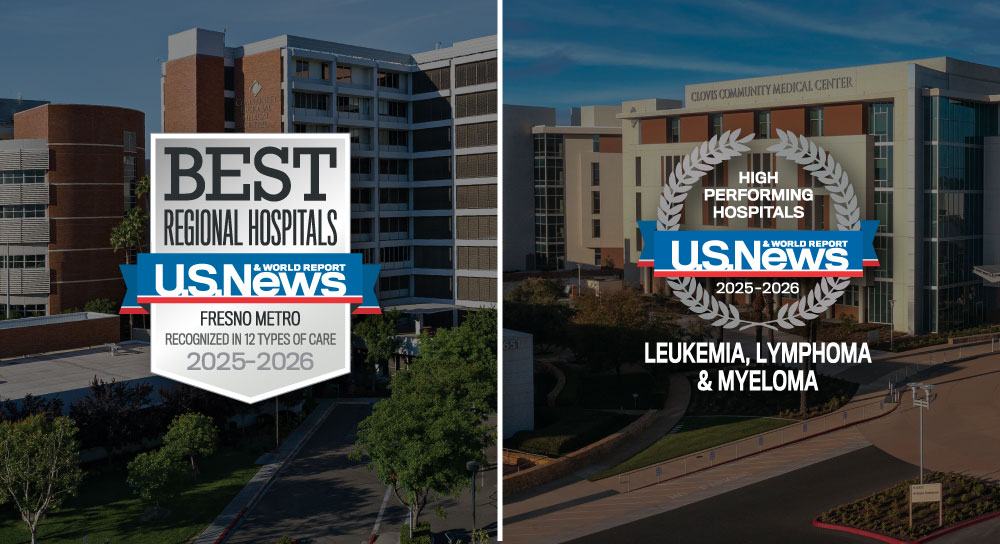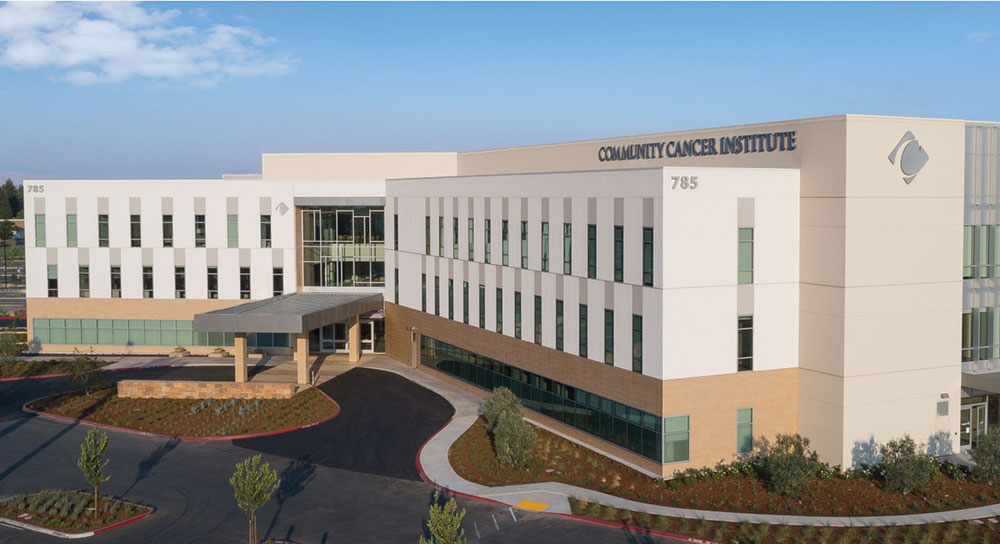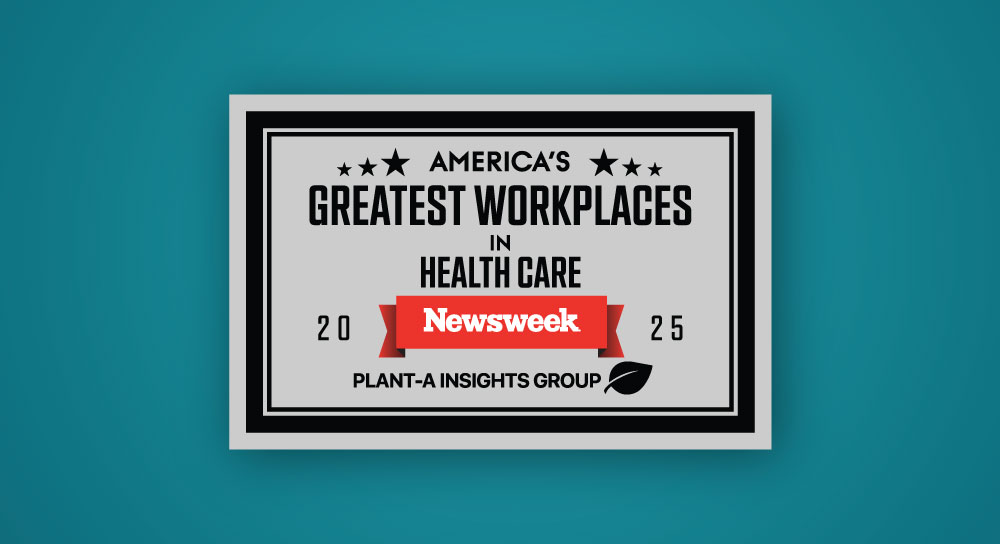In late May 2022, Federico Torres told his wife, Maria Gonzalez, that he wasn’t feeling well. Gonzalez left the room to get him some ice. When she returned, she found her husband passed out and unresponsive.
Gonzalez started chest compressions and called 9-1-1. First responders took over and transported Torres to Community Regional Medical Center — the Valley’s only Level I Trauma Center.
He’d suffered a massive heart attack.
“They told me they’d been working on him for 30 minutes to revive him,” Gonzalez said when she arrived in the emergency department. “Everything happened so fast.”
From the emergency department, Torres was taken to the cardiac catheterization (cath) lab, a specialized area in the hospital where doctors performed tests on his heart, before sending him to the intensive care unit.
The teams at Community Regional were working together and doing their best to keep Torres alive, but his heart was still too weak.
Giving his heart, lungs time to recover with ECMO
Torres’ physicians told Gonzalez they thought Torres would be a good candidate for extracorporeal membrane oxygenation, or “ECMO.” ECMO is used for patients recovering from heart failure, lung failure or heart surgery to add oxygen to a patient's blood outside the body, allowing the heart and lungs to rest.
Patients on ECMO are monitored at all times by several teams and machines. Community Regional is the only hospital in the Valley with a specialized ECMO team.
Gonzalez agreed to let the team use ECMO to save her husband’s life. “We utilized ECMO therapy to just assist the heart during time of recovery,” said Dr. Mohamed Fayed, pulmonary critical care physician and ECMO team leader. “He had a high chance that his heart was going to come back, and he just needed some time.” 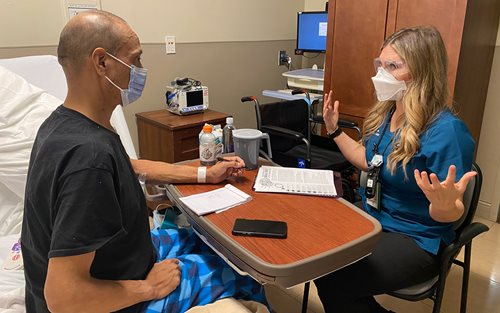 After four days on ECMO, Torres’ heart was strong enough for him to be taken off the pump. “It was a miracle,” Gonzalez said.
After four days on ECMO, Torres’ heart was strong enough for him to be taken off the pump. “It was a miracle,” Gonzalez said.
Next, Torres would go to the Leon S. Peters Rehabilitation Center at Community Regional to build back his physical strength and work on memory issues caused by the heart attack.
Working together from admission to discharge
The teams — including highly specialized nurses, physicians, perfusionists (who operate the bypass machine), respiratory, physical and occupational therapists, and dozens more — worked like a well-oiled machine, Dr. Fayed said. He gives a lot of credit to the emergency department as the first point of care and putting the patient on the right path for the treatment.
“The main thing I want to emphasize here is the coordination between the teams because without these services I don’t think the outcome would be as successful,” said Dr. Fayed. “We had great coordination between the emergency department, cath lab, critical care, ECMO team and rehab.”
“That team of doctors, nurses, others, were there every single hour, every single day, caring and talking to me,” said Gonzalez. “They were phenomenal.”
Grateful to be home and recovering
Torres was discharged just before Father’s Day — a month after his heart attack.
“It was 30 days in the hospital and our caregivers were so patient with us and they listened and showed us how to get stronger,” Gonzalez said. “We had such a positive experience [at Community Regional] and it encouraged us through this. We also appreciated the support of all our friends, family and prayer groups.”
And while Torres will need some outpatient rehabilitation, Gonzalez said his caregivers really helped them prepare for the next steps in their journey.
“They’re like angels to me,” she said. “This is a milestone — it was very scary and we’re lucky that we’re here.”


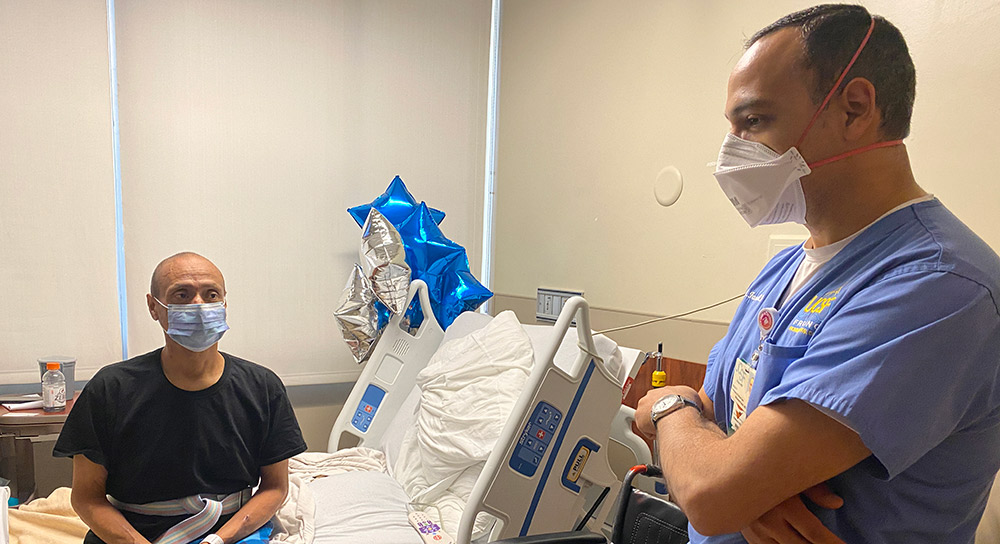.jpg?language=en-US)
